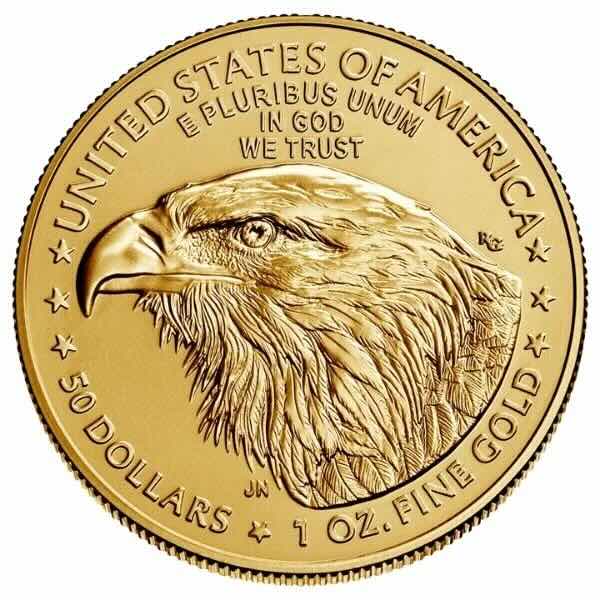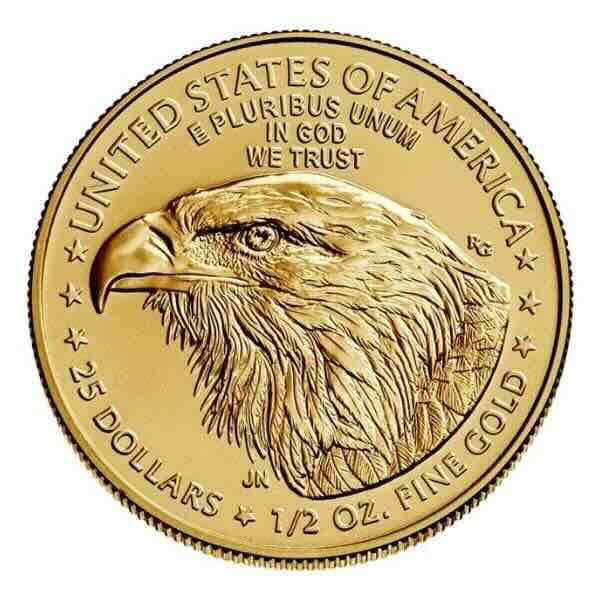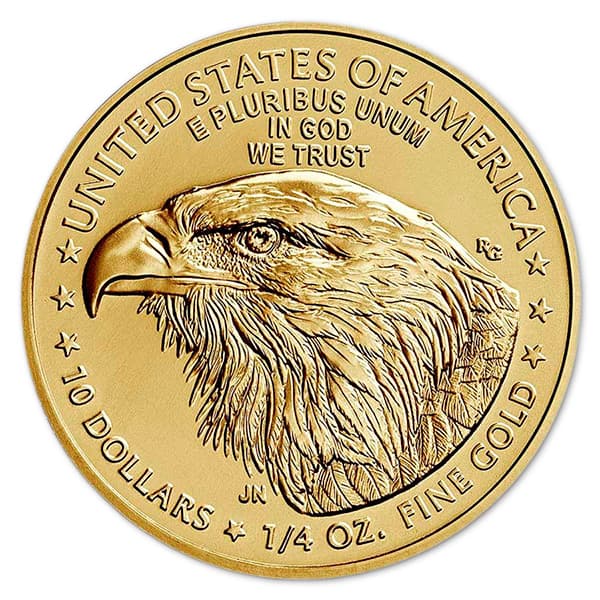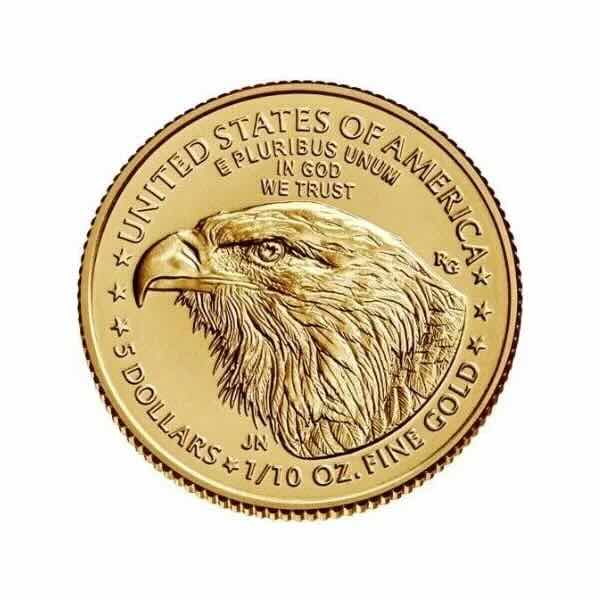Investing in gold coins remains a foundational strategy for wealth preservation, inflation hedging, and portfolio diversification. The physical, tangible nature of gold coins holds enduring appeal for both new investors and seasoned collectors. But when building a collection or bullion portfolio, one of the most important decisions you’ll face is: Should you buy newly‑minted gold coins, or turn to the secondary market and vintage issues? Each path carries its own cost structure, liquidity profile, and return potential.
Understanding Newly Minted Gold Coins
Newly minted gold coins are those issued fresh from the mint, government or private, with no prior owner. They are typically uncirculated, often sealed in tamper‑evident packaging, and sold through authorized dealers at a premium above the spot gold price.
Key Features
- Fresh from the mint, flawless mint condition.
- Authentication and purity guaranteed by the issuing mint.
- Widely recognized, high resale liquidity.
- Higher premiums reflect production, distribution, mint‑marketing costs, and immediate demand.
Considerations for Investors
If your focus is on acquiring the maximum amount of gold content for your money, newly minted coins may not always deliver the lowest cost per ounce. Their premiums above spot can reduce near‑term return potential. In markets where acquisition costs matter, understanding those premiums is critical.
See today’s gold coin prices for newly minted and secondary market coins.
Secondary Market & Vintage Gold Coins: A Cost-Effective Option
Secondary market gold coins include previously‑owned bullion coins and vintage gold issues (such as U.S. pre‑1933 gold, British Sovereigns, European 20 Francs). These coins can offer both bullion value (metal content) and collectible value (historical design, rarity).
Benefits
- Lower premiums above spot compared to newly minted coins, so you generally get more gold content for your dollar.
- Access to discontinued designs or older issues not available new.
- Potential numismatic upside if condition, rarity, and grading align.
Important Caveats
- Condition may vary (wear, toning, surface marks) and may affect resale value.
- Authentication and grading matter: buying from reputable dealers is essential to ensure weight, purity, and genuineness.
- Liquidity may be slightly lower (though many vintage coins are still traded widely).
Comparing Premiums: Newly Minted vs. Secondary Market Coins
Premiums—the amount above the spot gold price you pay—are core to evaluating value in gold coin purchases. Understanding typical premium ranges helps you identify when you’re getting a fair deal.
| Coin Type | Typical Premium Newly Minted | Typical Premium Secondary Market |
|---|---|---|
| 1 oz American Gold Eagle | ~7%–14% over spot | ~4%–8% over spot |
| Major World Bullion Coins (Maple Leaf, Britannia, Kangaroo, Philharmonic) | ~2.5%–5% | ~1.5%–4.5% |
These ranges vary with market conditions, coin availability, and dealer inventory. For example, premiums tend to climb when supply is constrained or investor demand rises sharply.
Pros & Cons: Newly Minted vs. Secondary Market Gold Coins
Advantages of Newly Minted Gold Coins
- Guaranteed mint condition and authenticity.
- High resale recognition and global liquidity.
- Ideal for collectors who prioritize pristine condition or current‑year issues.
Drawbacks of Newly Minted
- Higher entry cost (larger premium) which can reduce metal‑for‑money value.
- Less variety in older designs or rare issues.
Advantages of Secondary Market / Vintage Gold Coins
- Lower premiums mean more gold content per dollar invested.
- Access to discontinued or historic designs with numismatic potential.
Drawbacks of Secondary Market
- Condition and preservation matter for resale; wear may reduce desirability.
- Buyer must verify authenticity (weight, purity, grading) and reputability of seller.
- Some vintage coins may carry additional historic premiums beyond bullion content (which may or may not align with your objective).
Gold Coin Prices: What to Watch For
When purchasing gold coins, keep three key factors in mind:
- Spot Gold Price — The baseline value of the gold content.
- Premium Over Spot — The additional cost above spot you pay; lower is better if your goal is stack size.
- Dealer Reliability & Market Conditions — Always compare premiums across trusted dealers and consider items like shipping, packaging, storage, and liquidity.
Premiums vary because of minting, distribution, design, historic appeal, and supply/demand dynamics. The premium you pay affects your break‑even point and long‑term return potential. Always compare dealer premiums, and consider both newly minted and secondary market options to get the best value.
Final Thoughts: Building a Smart Gold Coin Portfolio
Both newly minted and secondary market gold coins have valid roles in a well‑diversified precious metals portfolio. Your choice should align with your objective:
- If you are focused on collectibility, pristine condition, or the latest releases: newly minted coins will serve.
- If your priority is acquiring gold weight efficiently, maximizing ounces, and possibly adding historical upside: the secondary market offers strong value.
Ultimately, use comparison tools, thoroughly evaluate dealer premiums, and buy from reputable sources. Your decision should reflect your investment horizon, budget, and portfolio goal.
Investing in gold coins continues to be a cornerstone of wealth preservation strategy. Whether defending against inflation or owning a tangible store of value, gold’s place remains critical. But making more of that investment means focusing on the premium paid and not just the coin itself.
Practical Tools for Smart Investing
Platforms like FindBullionPrices.com provide real-time price comparisons, allowing investors and collectors to evaluate premiums for newly minted and secondary market coins across various dealers. These tools can identify opportunities to buy at competitive rates and maximize investment value.
American Gold Eagle Premiums
American Gold Eagles, one of the most popular bullion coins in the U.S., highlight the cost differences between newly minted and secondary market coins.
| Denomination | Average Premium (2025 Mintage) | Average Premium (Secondary Market) |
|---|---|---|
 1 oz | 4% to 8% | 2.5% to 5.5% |
 1/2 oz | 7% to 15% | 6% to 17% |
 1/4 oz | 9.5% to 23% | 8% to 25% |
 1/10 oz | 13% to 33% | 10% to 34% |
World Gold Bullion Coin Premiums
Premiums for internationally minted coins also vary between new and secondary markets.
| Coin | 2025 Mintage Average Premium | Secondary Market Average Premium |
|---|---|---|
| 1 oz Gold Maple Leaf | 2.3% to 5.4% | 1.84% to 4% |
| 1 oz Gold Britannia | 2.55% to 4.33% | 1.4% to 5% |
| 1 oz Gold Kangaroo | 2.6% to 4.5% | 1.3% to 4.5% |
| 1 oz Gold Philharmonic | 3.2% to 5.95% | 1.4% to 4.5% |





